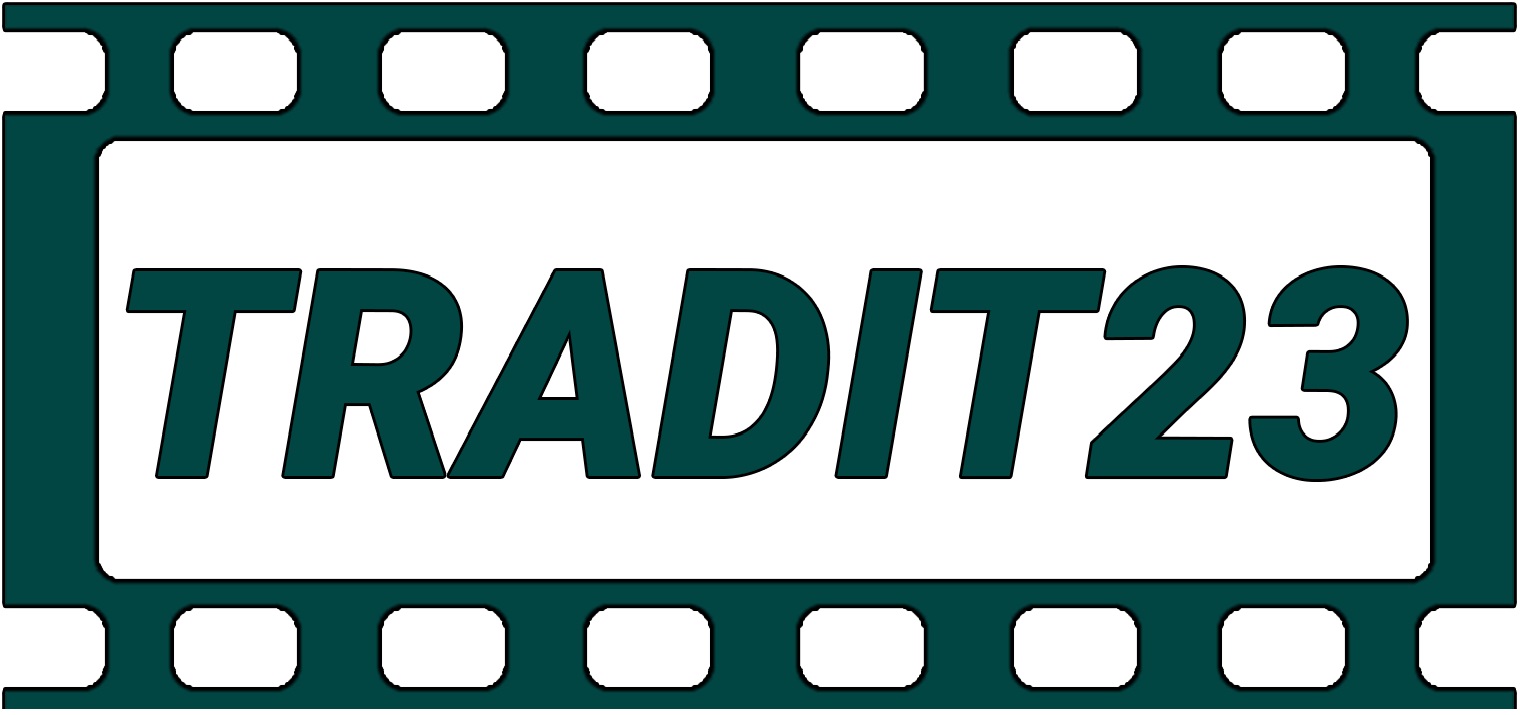About didactic AVT
There has been growing scholarly interest in the application of multimodality in language education since seminal works at the turn of the previous century, when some scholars discussed the benefits observed when using subtitled materials to improve L2 skills in the language classroom. AVT and MA practices have been particularly welcomed in higher-education circles, although similar experiences have been carried out in secondary and further education, too. In light of an ever-more substantial body of scholarly research on didactic AVT and MA, and despite subtitling and dubbing having received greater attention, media accessibility practices, such as Audio Description (AD), Subtitling for the Deaf and Hard of Hearing (SDH), as well as other practices such as Voice-over (VO), have also been on the rise in the last few years. Besides, a growing number of comprehensive research designs have been published that call for a greater emphasis on empirical methods.
When it comes to classroom implementation, the main challenge faced by language instructors is probably the interdisciplinarity of AVT practices. Their integration into the language classroom touches, theoretically and methodologically speaking, on three different areas of applied linguistics, namely AVT, L2 didactics, and language-learning technologies. Interdisciplinarity and the skills or knowledge necessary to integrate AVT and MA require better teacher training. Although far from new in scholarly circles, didactic AVT is still in great need of long-term studies, larger samples, and robust quasi-experimental designs. Hence this conference.
The number of scholars who have become interested in didactic AVT is a promising starting point, nonetheless. This datum is further supported by the healthy number of international research projects on didactic AVT that have been carried out in recent years, which include four European projects: LeViS (2006–2008), Subtitles and Language Learning (2009–2012), ClipFlair (2011–2014), and Babelium (2016–2017). There have also been two national projects in Spain, namely PluriTAV (2017–2019) and TRADILEX (2019–2022).
The analysis of didactic AVT and MA in educational settings, including but not limited to higher education, clearly deserves further attention from the scientific community. However, we feel that the impact of translation on language teaching has not been fully explored nor sufficiently acknowledged in disciplines such as Modern Foreign Languages and Translation Studies. Nevertheless, research findings confirm that practices such as subtitling and dubbing can impact language learning in an array of contexts. This fact has clear implications for both translation and language teaching, let alone the study of cultural elements when audiovisual media are used in the classroom.
This conference has three main aims. First, stimulating scholarly conversations on the use of AVT in language learning to provide new insights into the pedagogy of both languages and translation, all by advancing under-used research designs and techniques in our field. Secondly, developing theoretical models on how translation can impact language learning is indeed a vital issue for translator training and may be of interest to researchers and practitioners in the field. Thirdly, language learning and teaching are socially relevant research areas, demonstrating that AVT and MA can enrich and create future research avenues in disciplines beyond translation.
We encourage scholars working with multimodal and audiovisual materials in the language and translation classroom(s) to submit an abstract to TRADIT23. A selection of papers will be shortlisted for potential inclusion in a special issue that aims to complement the increased interest and relevance with more specialised publications on didactic AVT and MA to ultimately provide a more robust status to an already promising area of research.
This conference welcomes empirical research devoted to exploring the linkage between AVT and language learning and teaching, with a special interest in interdisciplinary and robust research design studies, which go beyond case studies, to provide new insights into the field. All AVT and MA modalities will be considered as long as there is a clear pedagogical application to language learning and teaching. Contributions are thus not limited to the analysis of the possible benefits, challenges and disadvantages of using AVT as a didactic tool; instead, they may also focus on accessibility issues in language learning, translator training, translation strategies, or the implications of this emerging trend as well as the relevance of translation as a mediation tool in educational contexts of communication.

